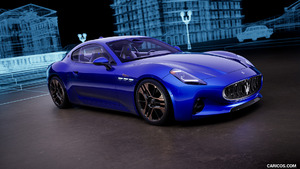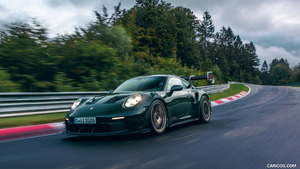2012 Mercedes-Benz S-Class
S350 BlueTEC Diesel Joins Hybrid, V8 and V12-Powered Siblings
The company's flagship sedan, the Mercedes-Benz S-Class is viewed in many circles as the finest automobile in the world. For the 2012 model year, a new model, the S350 BlueTEC features a fuel-sipping 3.0-liter V6 turbodiesel (240 hp, 455 lb.-ft.) and standard 4MATIC all-wheel drive. In addition, the S550 features a new 4.6-liter twin turbo direct-injection V8 (429 hp, 516 lb.-ft. of torque), producing both more power and better fuel economy (estimated 15 mpg city / 23 mpg highway).
The 2012 line-up also includes an innovative S400 HYBRID (295 hp, 284 lb.-ft.). In contrast to the frugal diesel and hybrid models, the high-performance V8-powered S63 AMG (536 hp, 590 lb.-ft.) and two magnificent V12-powered cars - the S600 (510 hp, 612 lb.-ft.) and the S65 AMG (621 hp, 738 lb.-ft.) - round out the S-Class sedan lineup. Most 2012 S-Class models are equipped with a new more fuel efficient seven-speed automatic transmission.
No Sacrifice in Convenience or Roominess
The diesel-powered S350 BlueTEC and the S400 HYBRID boast the same interior room, luxury and convenience features as other S-Class vehicles. Both the diesel and hybrid S-Class models are excellent examples of choices for today's world that don't involve compromises in aesthetics or comfort.
The hybrid model is differentiated by HYBRID logos on the trunk lid and dash as well as BlueEfficency badging on the front fenders. A special hybrid pictogram within the speedometer shows the energy flow, energy recovery and battery charge.
BlueTEC - A Blueprint For The World's Cleanest Diesels
The first diesel-powered S-Class in the U.S. market since the 1996 model year, the new S350 BlueTEC 4MATIC model is powered by a purpose-built 3.0-liter V6 diesel with 240 horsepower, an astonishing 455 lb.-ft. of torque and estimated fuel economy of 20 mpg city / 31 mpg highway. Using several technologies to minimize diesel exhaust emissions, the S350 BlueTEC 4MATIC begins with a four-valve-per-cylinder diesel featuring centrally located piezo-electric injectors, CDI direct injection, a variable-nozzle turbocharger and exhaust gas recirculation.
Building on this foundation of advanced engine design, the S350 BlueTEC incorporates several modular after-treatment units in the exhaust stream - an oxidizing catalytic converter, a maintenance-free particulate filter, an SCR converter and an NOx storage converter. In the "denox" storage converter, nitrogen oxides are absorbed temporarily, and during brief regeneration pulses of a richer fuel-air mixture, the nitrogen oxides are released, reacting with other exhaust gas to form harmless nitrogen. These regeneration pulses also raise temperatures in the particulate filter, which automatically burns off the deposits.
The New V8 - 20 Percent Better Fuel Economy, 32 Percent More Power
The 2012 S550 sedan is powered by a new 4.6-liter V8 that gets 20 percent better fuel economy (15 mpg city, 23 mpg highway) while producing 30 percent more power - an astounding feat, considering that increasing either power or fuel economy usually decreases the other. The new V8 features direct fuel injection, twin turbochargers and multi-spark ignition.
Based on its highly successful 5.5-liter predecessor, the new V8 engine has 20 percent smaller displacement but generates 429 horsepower and 516 lb.-ft. of torque - 32 percent more than the engine it replaces. Its smaller displacement is more than offset by the power boost of its twin turbochargers - one for each bank of cylinders. Piston crowns are four millimeters thicker to handle the higher combustion pressures, while shorter connecting rods allow existing block dimensions to be retained. Like its predecessor, the new engine has aluminum cylinder heads, pistons and cylinder block (with cast-in Silitec cylinders), as well as a crankshaft, connecting rods and valves made of special forged steel.
Direct Fuel Injection
While most gasoline engines have used indirect port fuel injection in the past, the V8 makes use of industry-leading electronics technology first used on Mercedes-Benz diesels - electronic fuel injectors that spray gasoline directly into the combustion chambers. Featuring a piezo-ceramic crystalline element that changes shape when electrical current is applied, blazingly fast piezo injectors make it possible to design very sensitive and precise injection systems, including the ability to program several small injections with each piston stroke.
The first injection is sprayed into the combustion chamber as the piston is descending on the intake stroke. Depending on speed, load and temperature conditions, another injection or two takes place during the compression up-stroke before ignition, forming a stratified mixture. A fourth injection can stabilize combustion if it's needed.
Multi-Spark Works with Multi-Squirt
Working together with the spray-guided direct injection, a rapid multi-spark ignition system begins combustion with the first spark, but has the capability to recharge and deliver up to three more sparks within a single millisecond, creating a gas plasma with more expansion than conventional ignition.
The time lapse between sparks is adjustable, so combustion duration can actually be controlled, resulting in two percent better fuel economy, and a total of four percent improvement in combination with its companion direct fuel injection system.
Refined Cam Chain Drive
Mounted on the ends of the intake and exhaust camshafts, the hydraulic camshaft adjusters that vary valve timing are now 35 percent faster, and with a wider range of 40 crankshaft degrees. Despite their improved performance, they're more than a half inch smaller in height and width.
Smaller valve timing adjusters are made possible by a new cam chain drive system, in which the crankshaft drives an intermediate shaft above the crank. In turn, the intermediate shaft drives two short chains - one for each cylinder bank - that loop around the intake and exhaust camshaft drive sprockets. The new chain drive results in less tension and lower chain dynamics, for even lower friction and less noise.
A fourth chain drives a new variable vane-type oil pump in the bottom of the engine. At low engine speed and load, the oil pump only generates about 28 psi (or two bar) of oil pressure, and nozzles that spray cooling oil on the pistons are inactive. As engine speed and load increases, oil pressure rises, and the oil spray nozzles are turned on. In this way, less energy is used when less cooling and lubrication is needed.
Three-Phase, Low-Load Cooling System
Even the cooling system is significantly refined in the new engine, beginning with a two-stage flow circuit through the cylinder head. This improved coolant flow results in better heat dissipation, despite lower coolant pressure, so that the water pump uses less engine power.
A three-phase cooling system helps the engine warm up very quickly. When the engine is first started, no coolant circulates. Then, as the engine warms up, coolant begins to circulate within the engine, but not through the radiator. Only when the coolant temperature reaches 221 degrees Fahrenheit (or 189 degrees F. under high load), coolant also circulates through the radiator. Coolant circulation through the heating system for the car's interior is controlled separately.
New Transmission
The S350 BlueTEC, S400 HYBRID and S550 feature a new transmission with a more advanced torque converter lock-up clutch that provides even better fuel mileage, more responsive driving and quieter operation. The transmission is designed to work with a new low-viscosity ATF transmission fluid - colored blue instead of the usual red. Together with new planetary gears, bearings and internal seals, the "FE-ATF" fluid provides less friction and improved fuel mileage.
518-Horsepower V8 for the S63 AMG
The S63 AMG is powered by a new 5.5-liter biturbo V8 that features twin turbo-chargers, direct fuel injection, multi-spark ignition and an ECO Stop/Start function. Compared to the new 4.6-liter biturbo, the S63 AMG powerplant makes use of more displacement (a larger cylinder bore and longer crankshaft stroke), higher turbocharger boost (14.2 lbs. boost vs. 12.9 lbs. boost), and slightly lower compression (10.0:1 vs. 10.5:1).
In comparison to its predecessor, reduced displacement is more than offset by the power boost of its twin turbochargers - one for each bank of cylinders. Identified inside the company as the M157, the new AMG twin-turbo V8 produces 536 horsepower and 590 lb.-ft. of torque and can accelerate from 0-60 in just 4.4 seconds. With the optional AMG Performance Package, these figures increase to 563 hp and 664 lb.-ft, and the 0-60 time drops to 4.3 seconds.
Even with its high performance, the S63 AMG is more fuel efficient, thanks in part to an innovative ECO Stop/Start system. When the AMG model stops in "D" or "N" with the brake pedal depressed in "Controlled Efficiency" transmission mode, the engine is automatically turned off to save fuel. As soon as the driver releases the brake, the engine computer decides which piston is in the best position for first ignition, and the direct fuel injection and multi-spark systems work with a starter motor to re-start the engine almost instantly. With estimated fuel economy figures of 15 mpg city and 22 mpg highway, the Gas Guzzler Tax no longer applies to the S63 AMG.
Award-Winning MCT Sports Transmission - The Best of Both Worlds
The high-performance S63 AMG Sedan also features a cutting-edge AMG transmission. With a start-up clutch that replaces the torque converter, the new seven-speed MCT sports transmission provides the direct feedback of a manual transmission with the total convenience of an automatic, offering impressive versatility and even faster shift times. Thanks to its low rotational mass, the start-up clutch helps the transmission respond instantaneously and dynamically, with no slip.
One Screen, Two Programs
The 2012 S-Class sedans are also available with an innovative SPLITVIEW dual-content viewscreen, which allows the driver and front passenger to view two different programs on the same screen at the same time. For example, the driver can be viewing the navigation system, while on the very same display screen, the passenger (looking from a different angle) is watching a movie.
AMG-Developed V12 Power
The S65 AMG blends the whisper-smooth performance of the flagship Mercedes-Benz four-door sedan with the astonishing power of AMG's 6.0-liter twin-turbo V12 engine. With 0-60 mph test track times of about 4.2 seconds, the S65 AMG is one of the world's quickest four-door sedans. AMG is the renowned high-performance division of Mercedes-Benz that combines its ingenuity and performance tuning expertise with the global technology resources and car-building expertise of Mercedes-Benz to take engine, braking and handling performance technology to the highest level.
AMG designers made subtle enhancements to the S65 AMG body while remaining true to the car's basic design. First, an AMG front apron with large cooling air intakes and integral LED daytime running lights gives the vehicle a distinctive appearance.
The dynamic side view of the S65 AMG is emphasized by AMG side skirts, which follow the line of the front apron, and by a chromed "V12 Biturbo" badge on each front fender. The powerful lines of the AMG rear apron are finished off by two sets of AMG chrome twin tailpipes, and eye-catching 20-inch AMG light-alloy wheels complement the car's overall appearance (this marked the first use of original-equipment 20-inch wheels and tires on a Mercedes-Benz).
When the driver's door is opened, a specially contoured AMG sport steering wheel covered in premium leather greets the driver, and an "AMG" start screen fills the instrument cluster. AMG leather sport seats are finished in an eye-catching diamond pattern, while the dashboard and door panels are covered in leather as well.
30 Percent Better Fuel Economy with S400 HYBRID
The S400 HYBRID comes with the world's first lithium-ion battery designed specifically for automotive use. The light-weight, high-capacity lithium-ion battery works with a 20horsepower electric motor and a V6 gasoline engine for a total of 295 horsepower and 284 lb.-ft. of torque, to provide hybrid power with impressive fuel economy.
The Mercedes-Benz S400 HYBRID uses a 3.5-liter V6 gasoline engine, a magneto-electric motor and sophisticated hybrid electronics to produce 30 percent better fuel economy than a comparable S550 model. Not only does the electric motor make 20 horsepower, but it also produces an impressive starting torque of 118 lb.-ft., while the gasoline engine develops 275 hp and 258 lb.-ft. of torque.
A powerful computer controls the hybrid system, recalculating the best operating mode 160 times a second. Capable of up to 50 million calculations per second, the system works to maintain an ideal balance between fuel economy and performance.
The 120-volt lithium-ion battery weighs less than most other batteries and takes up less space, but has high energy density for its size. As a result, it can be installed in the engine compartment, so the car's ample trunk capacity and spacious interior are not affected. The lithium-ion battery has high-strength steel housing, a separate cooling circuit, and its cells sit in a special gel that dampens any jolts and vibration.
Characterized as a "mild hybrid," the S400 HYBRID's gasoline engine and electric motor work together for responsive performance, and its driveline includes a specially configured seven-speed automatic transmission, a transformer to power the 12-volt vehicle system and intelligent operating electronics. The disc-shaped electric motor is mounted in the torque converter housing, between the engine and transmission.
The hybrid system includes a convenient start-stop function that turns off the gasoline engine below nine mph when braking to a stop. When the S400 HYBRID is at a traffic light, for example, the gasoline engine is off, but the AC compressor and steering pump are operated electrically, so air conditioning and power steering are fully operational. When the brakes are released, the gasoline engine is started automatically, and works with the electric motor for seamless performance.
During braking, the electric motor acts as a generator, recovering kinetic energy and storing it in the lithium-ion battery. Under heavy braking, the vehicle's conventional brakes also come into play. Recovered energy is stored in the battery and re-used whenever the electric motor is running.
ATTENTION ASSIST Cautions "Time For A Rest?"
Standard on all S-Class models except the S400 HYBRID, the ATTENTION ASSIST system can alert the driver to the first signs of drowsiness, a factor that causes more than 100,000 accidents a year in the U.S. A steering sensor is coupled to smart software that uses 70 parameters to establish a unique driver profile during the first 20 minutes of driving.
Between 50 and 112 mph, the system identifies the erratic steering corrections drivers make as they begin to get drowsy and triggers an audible warning, and a "Time for a rest?" message with a coffee cup icon appears in the instrument cluster.
Innovative Safety Features
Innovative safety options for the entire 2012 S-Class line include Active Lane Keeping Assist and Active Blind Spot Assist that both incorporate automatic ESP brake intervention. Active Lane Keeping Assist recognizes lane markings (thanks to a multi-purpose camera in the windshield and a computer that analyzes the images) and alerts the driver by simulating rumble strip vibrations in the steering wheel if the car drifts from its lane without the turn signals on.
Active Blind Spot Assist monitors both blind spots behind the vehicle. Whenever a turn signal is activated with a vehicle in the blind spot, the driver gets visual and audible warnings. Both Active Lane Keeping Assist and Active Blind Spot Assist now incorporate an intervention feature, in which ESP braking automatically helps correct the car's course if the driver doesn't heed the initial warning.
More Safety Systems Assist the Driver
Adaptive Highbeam Assist uses a windshield-mounted camera to detect both headlights and taillights, then softly and automatically transitions between high and low beams to avoid dazzling other drivers. With this system, the range of the headlights can be infinitely varied from 220 feet to up to 1,000 feet.
Night View Assist PLUS can now allow a driver to see pedestrians up to 325 feet earlier than before. When the system recognizes pedestrians, they appear in the display with an outlined frame highlighting each person.
In contrast to passive systems that rely on thermal imaging, this active system bathes the road ahead with invisible infra-red light from two beams mounted in the headlights. Extending the driver's ability to see ahead to nearly 500 feet, Night View Assist PLUS uses an infra-red camera in the windshield and displays the reflected images as highly detailed black & white video images in the instrument cluster.
PRE-SAFE®Brake Can Automatically Apply Full Braking in Emergencies
All cars equipped with the optional radar-based DISTRONIC PLUS system reap the benefit of another revolutionary Mercedes-Benz safety feature - PRE-SAFE®Brake. To reduce accident severity, the latest version of PRE-SAFE Brake applies full braking automatically in emergencies.
When PRE-SAFE Brake senses an impending collision with the help of DISTRONIC PLUS, the system sounds three warning tones. About 1.6 seconds before impact is likely, partial braking is automatically initiated, and PRE-SAFE occupant protection measures are activated. If the driver still fails to react, full-power braking is initiated about 0.6 seconds before the collision, reducing the impact and effectively acting as an "electronic crumple zone."
PRE-SAFE Brake builds on the original PRE-SAFE system that Mercedes-Benz launched on the S-Class sedan in 2002. Standard on all S-Class models, the "basic" PRE-SAFE® system automatically tightens the front seat belts during those valuable seconds just before a possible impact, and the front passenger seat (and optional power rear seats) move to positions that can provide better protection. If the system senses an impending rollover, the sunroof closes as well.
Side windows also close to provide better support for the window curtain air bags, and special seat cushions can inflate to provide greater lateral support for occupants and to help the side air bags provide even better collision protection.
DISTRONIC PLUS Helps in Stop-and-Go Traffic
The DISTRONIC PLUS adaptive cruise control system uses radar sensors to help maintain a pre-set following distance behind the vehicle ahead. The latest system can actually brake the car to a full stop and accelerate it again. DISTRONIC PLUS works at speeds up to 125 mph and can be especially helpful in stop-and-go traffic.
Short-range 24-gigahertz radar sweeps the first 33 yards in a fan-shaped 80-degree pattern, working in tandem with a narrower nine-degree beam of 77-gigahertz radar. The two radar frequencies complement each other to cover a full range of more than 160 yards - more than 11/2 football fields.
The radar-based DISTRONIC PLUS also makes possible a feature as part of the PARKTRONIC system - Parking Guidance, which utilizes ultrasonic sensors mounted behind the front and rear bumpers. At low speeds, the system scans available parking spaces and displays a "P" in the dash if the car will fit in the space. When the car's in reverse, Parking Guidance displays a top-view pictogram of the car and provides helpful steering guidance.
Crosswind Stabilization
S-Class models with ABC active suspension come with a crosswind stabilization feature that's part of the ABC system software. If the car is affected by a crosswind, in a split-second, the ABC system uses its servo pistons at each wheel strut to change wheel load distribution and stabilize the car. The ABC crosswind stabilization feature depends on networked signals from the ESP yaw and lateral acceleration sensors.
Torque-Vectoring Brake
Standard on all S-Class models except the S400 HYBRID, a Torque Vectoring feature within the ESP stability control system is specifically designed to sharpen steering response during spirited driving. When sharp, aggressive steering inputs from the driver are sensed, brief braking pulses at the inside rear wheel help pivot the vehicle and improve active handling response.

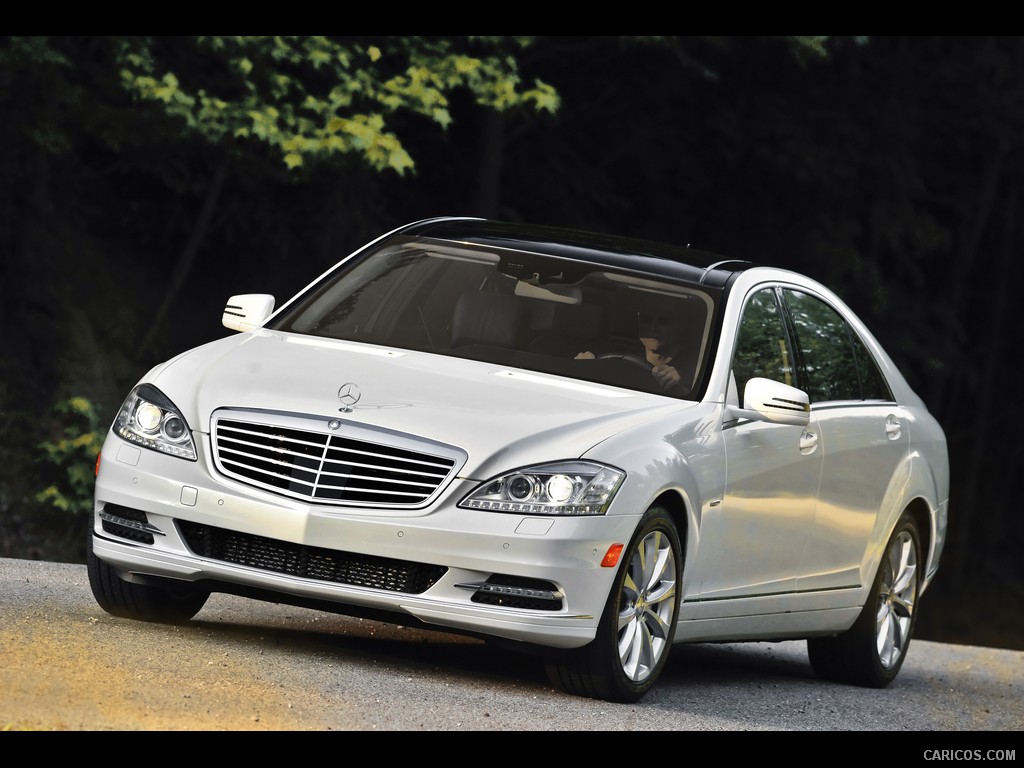 \n
\n
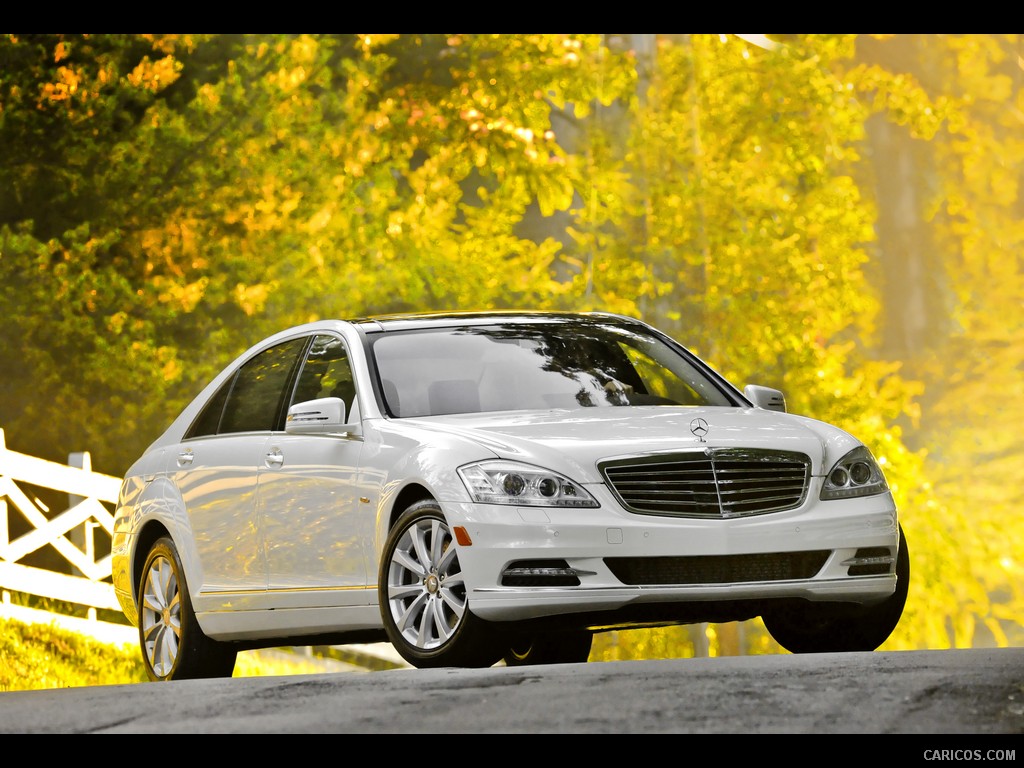 \n
\n
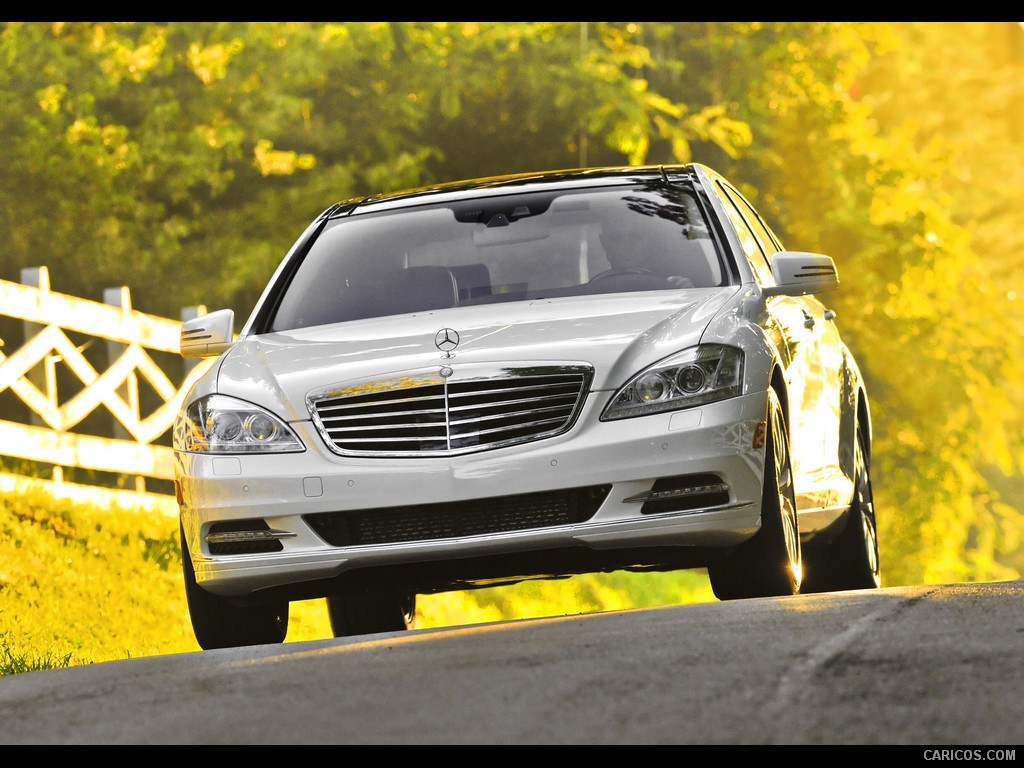 \n
\n
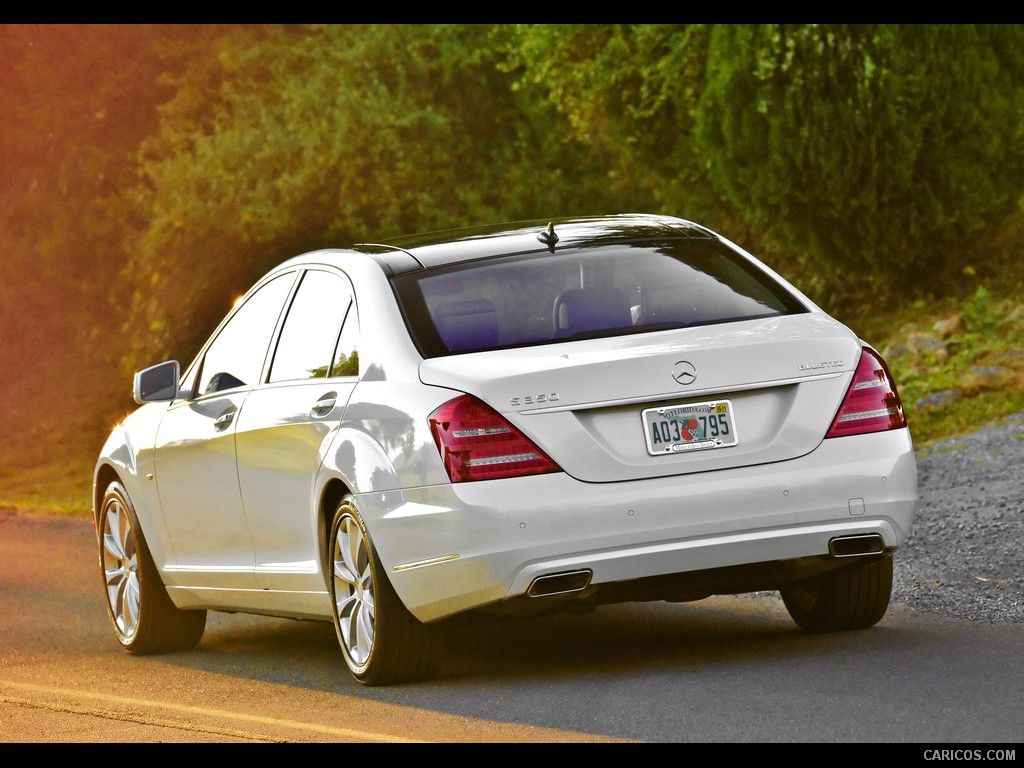 \n
\n
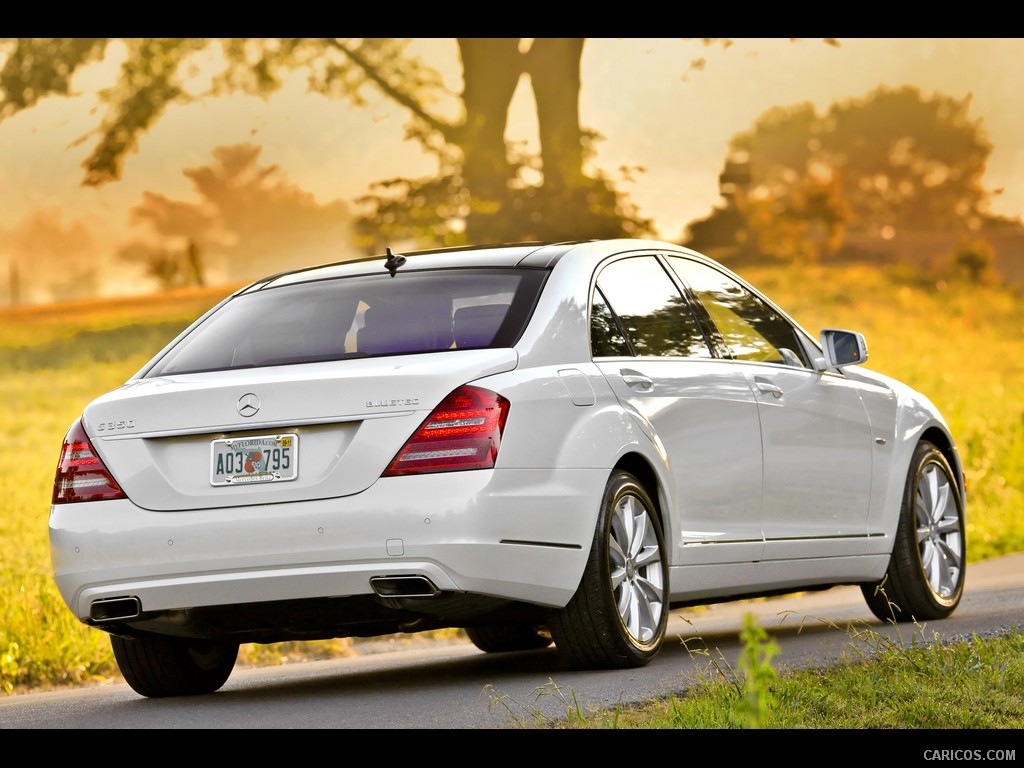 \n
\n
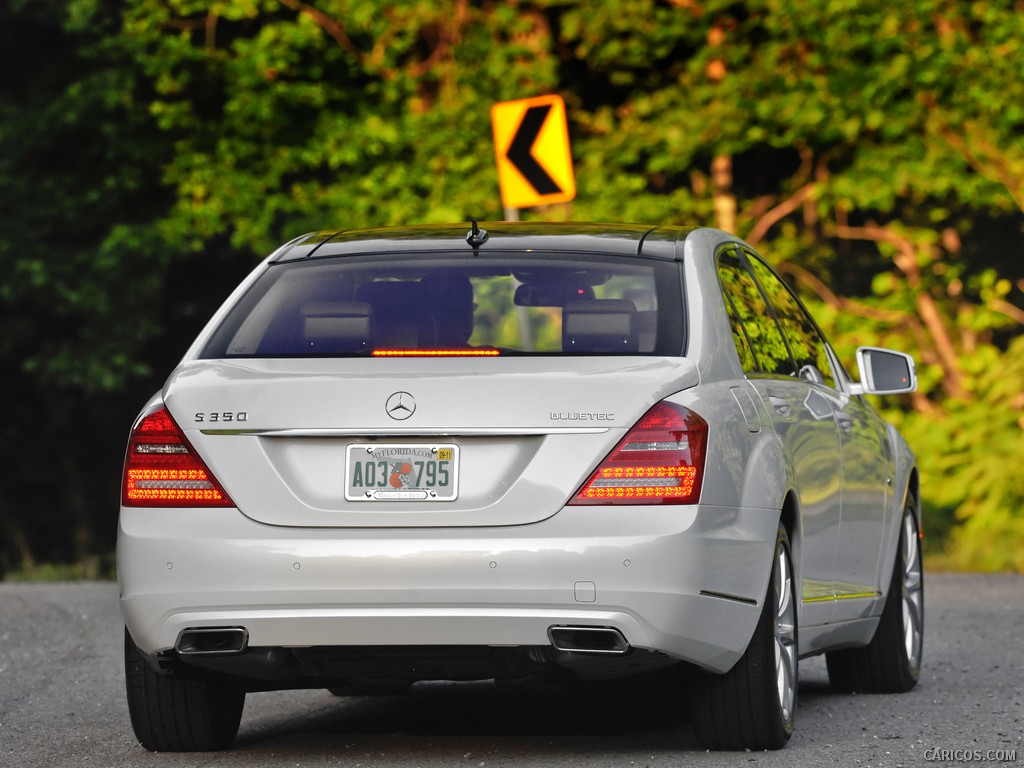 \n
\n
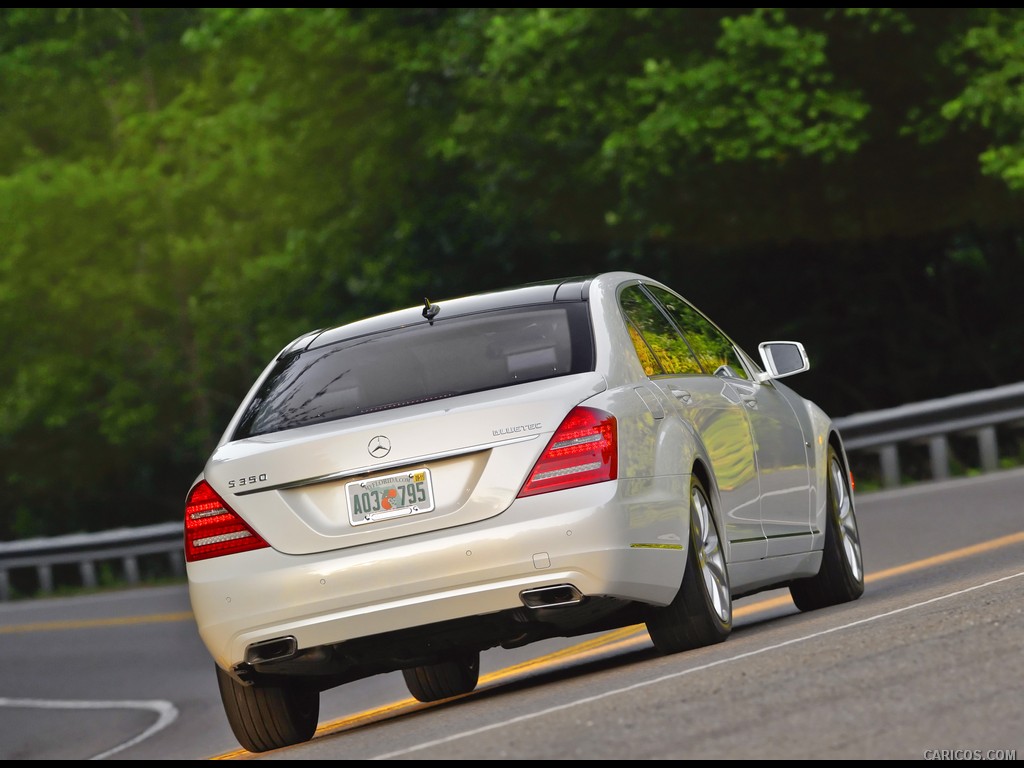 \n
\n
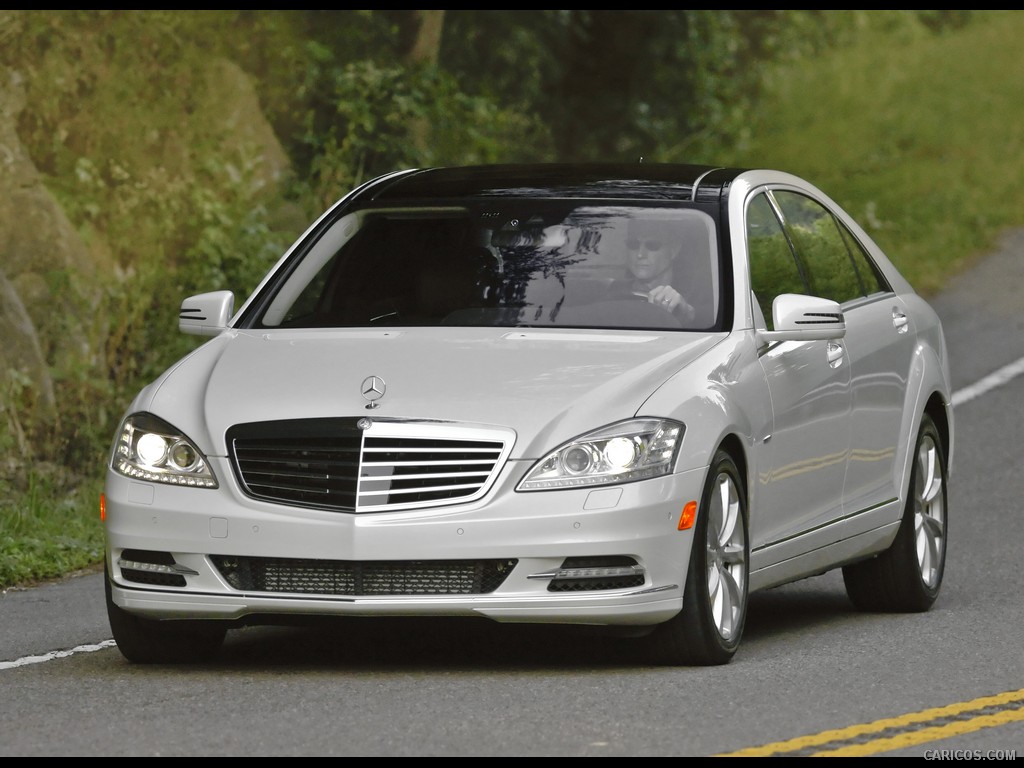 \n
\n
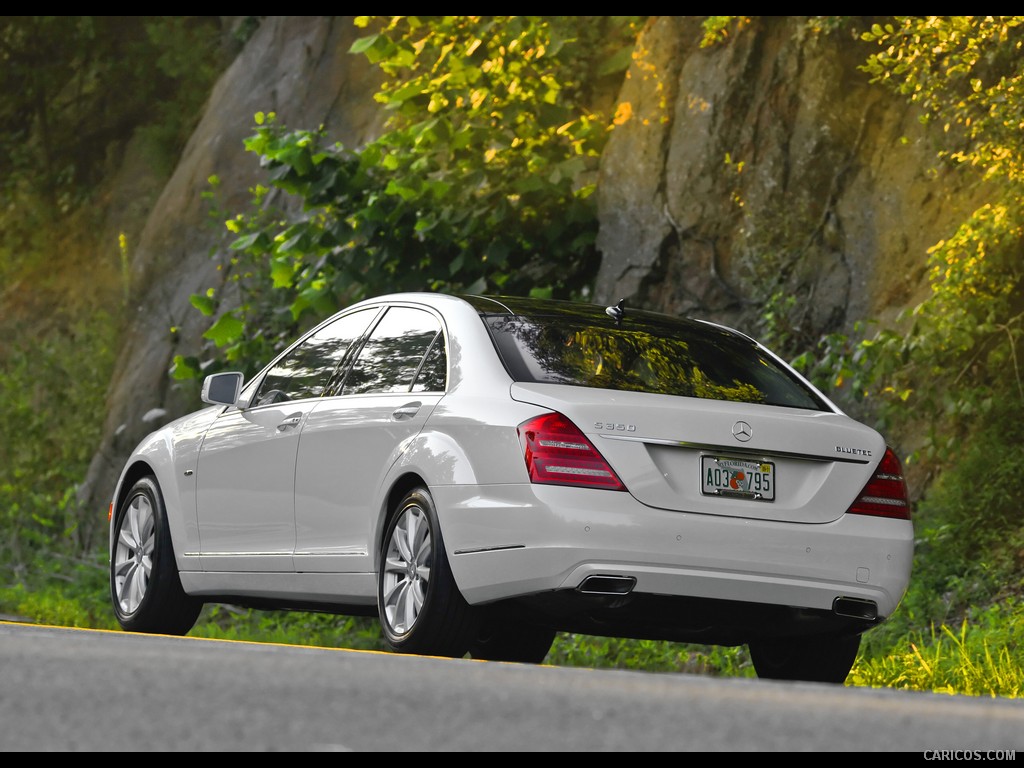 \n
\n
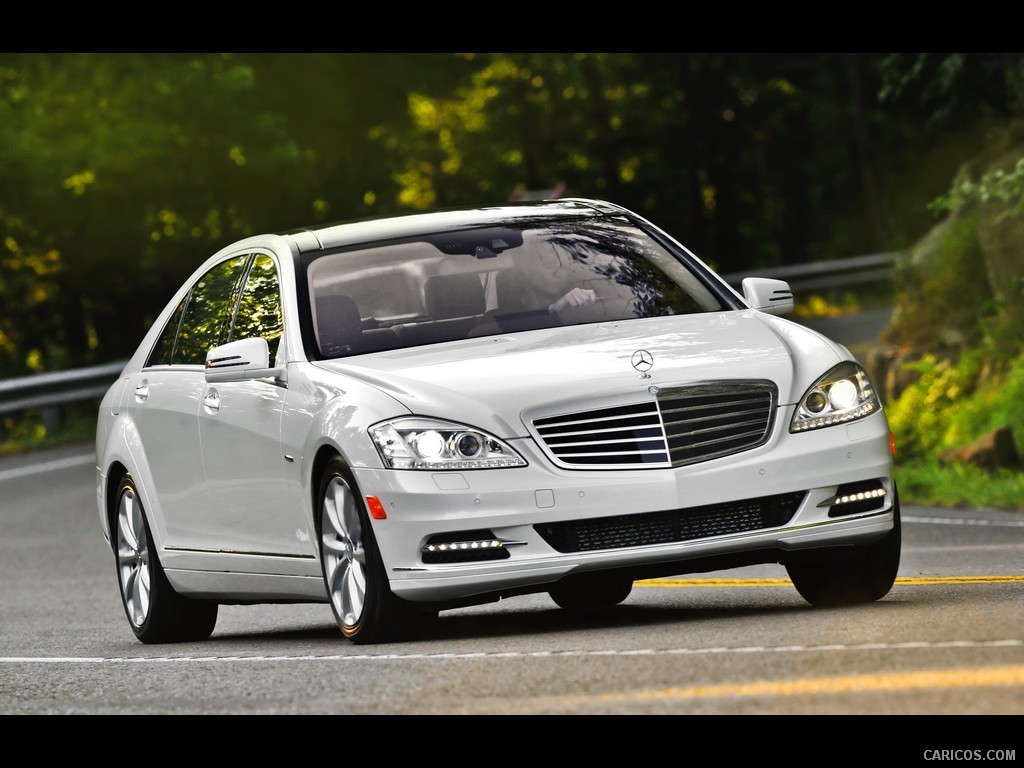 \n
\n
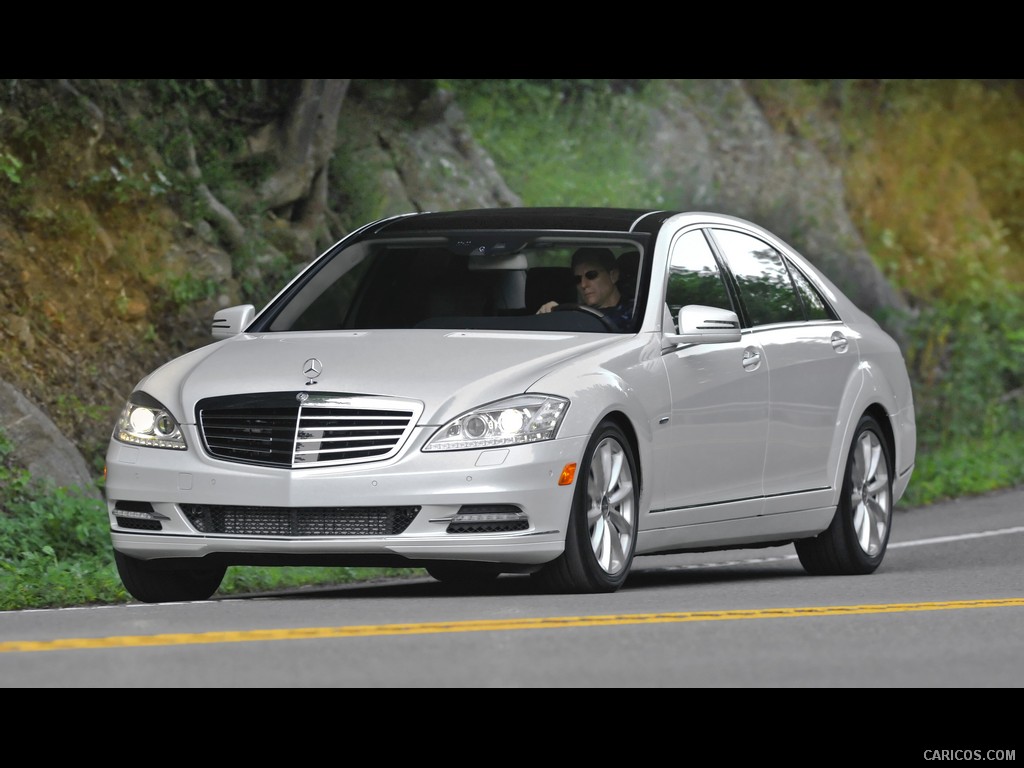 \n
\n
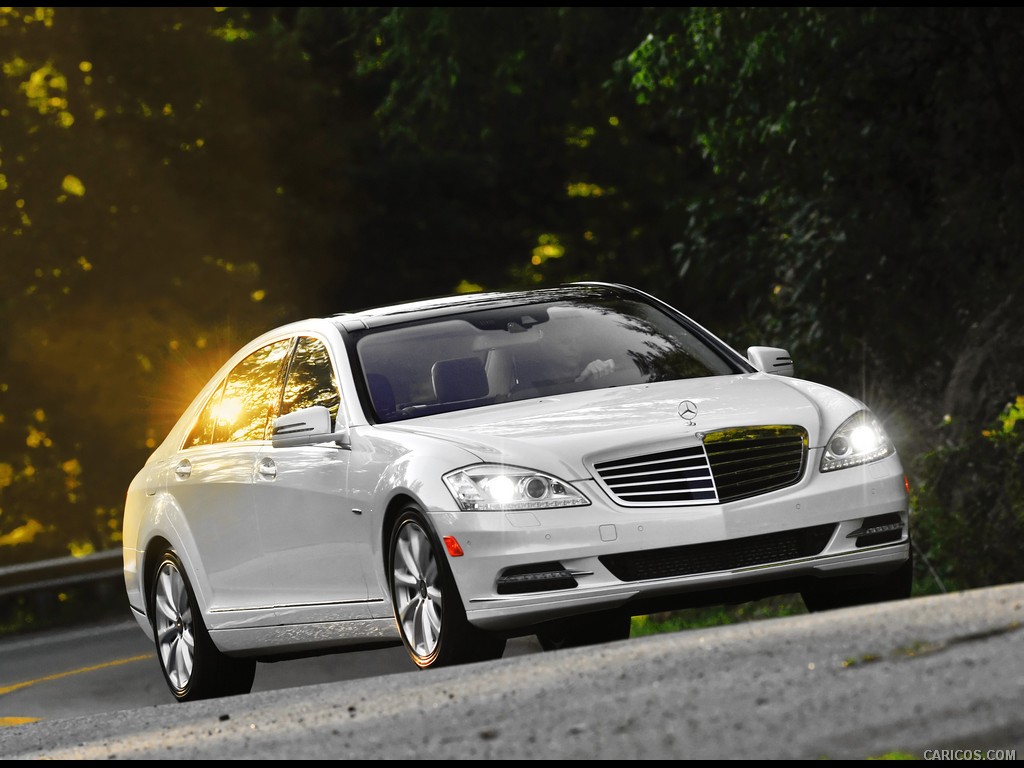 \n
\n
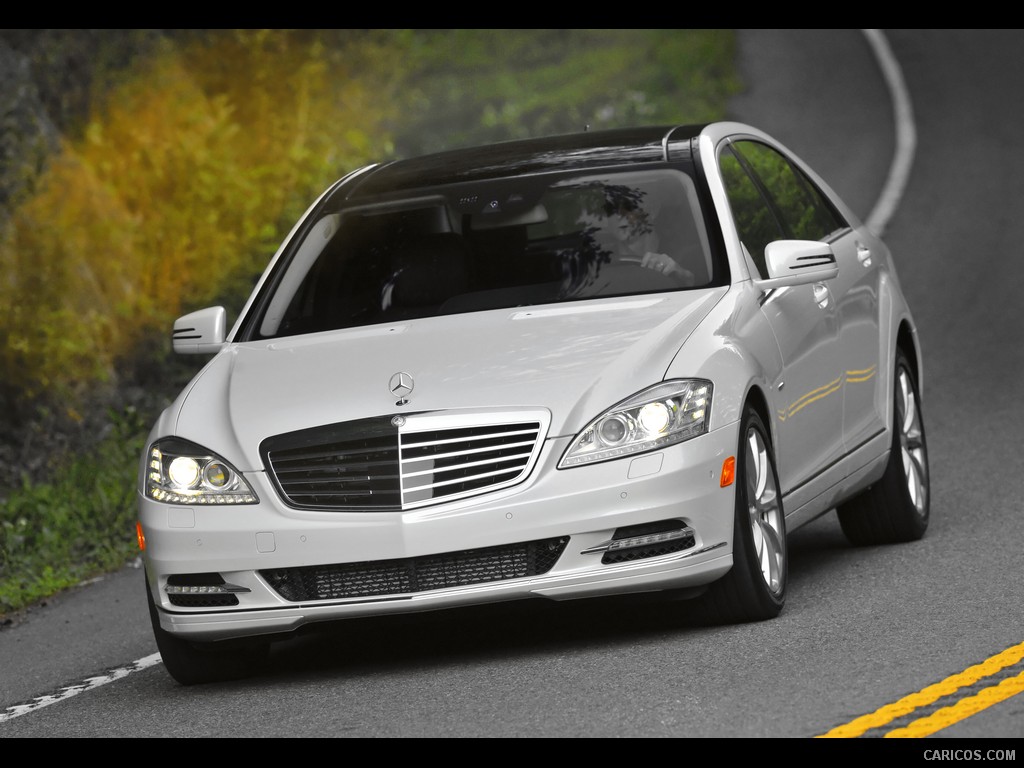 \n
\n
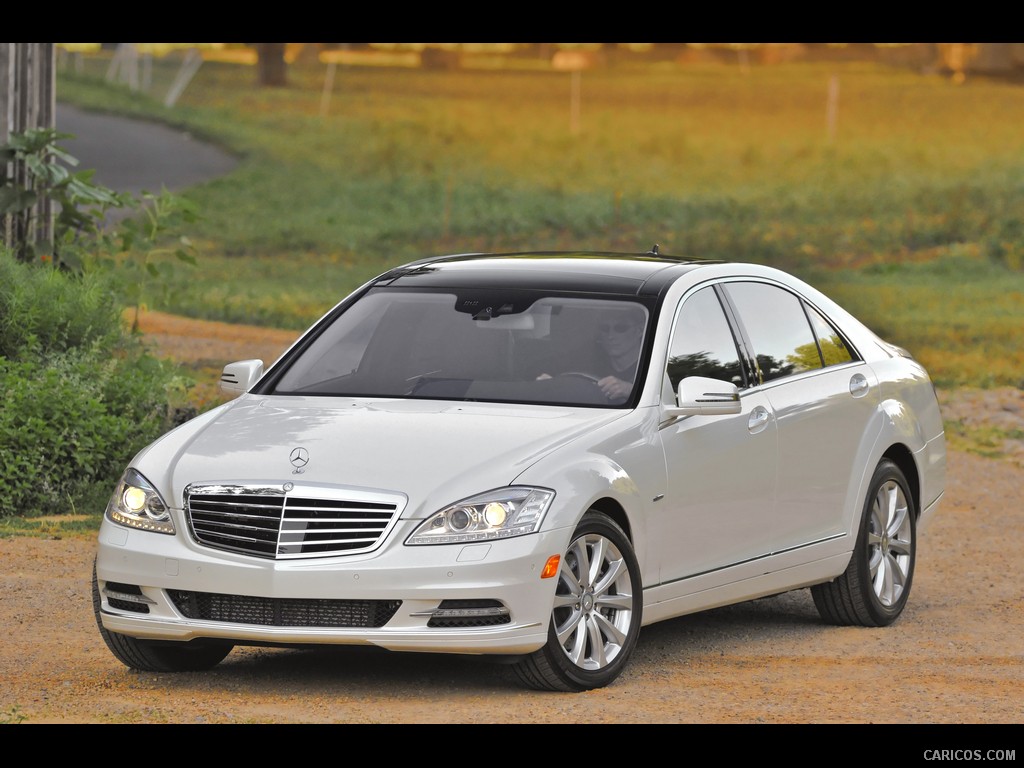 \n
\n
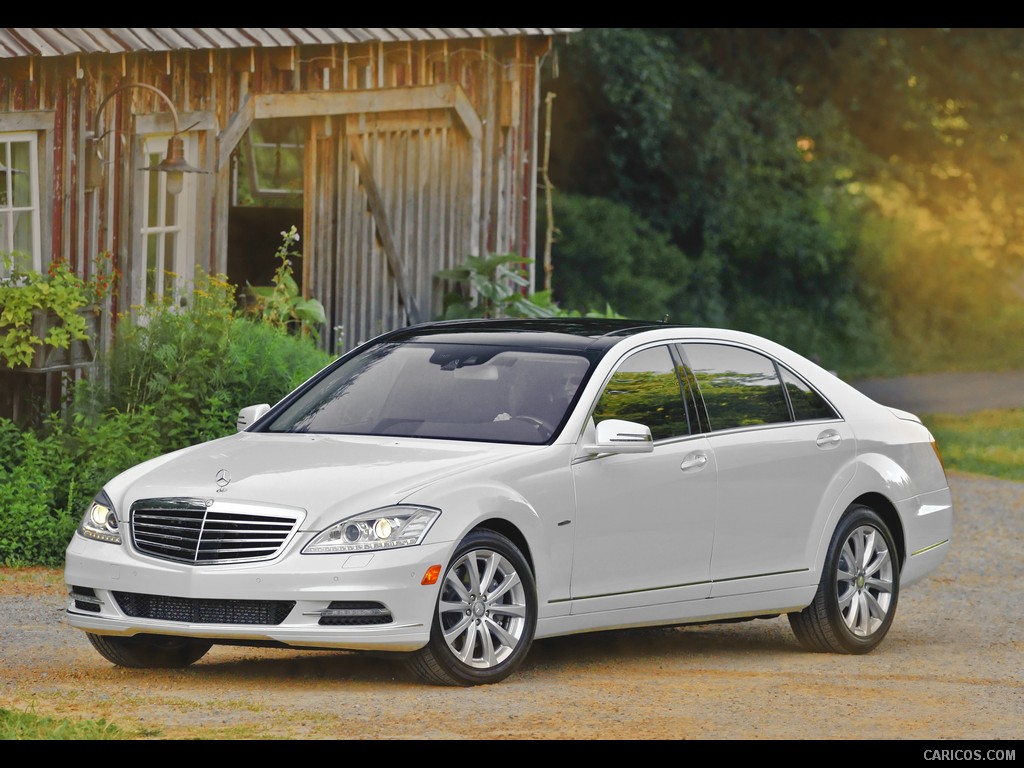 \n
\n
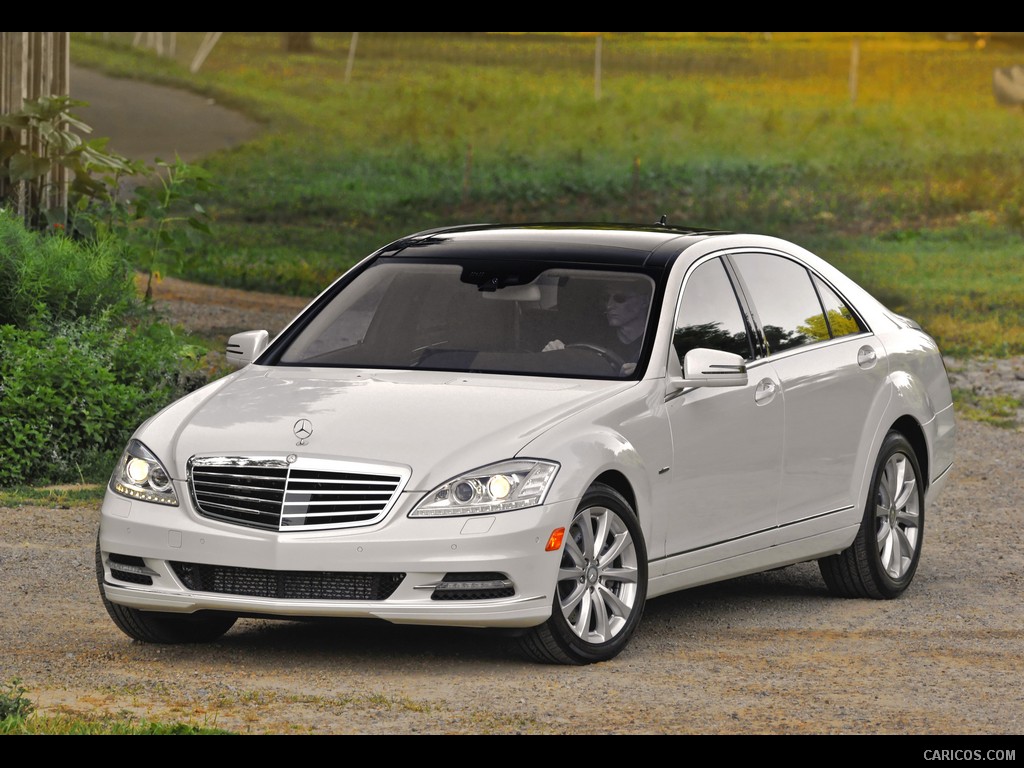 \n
\n
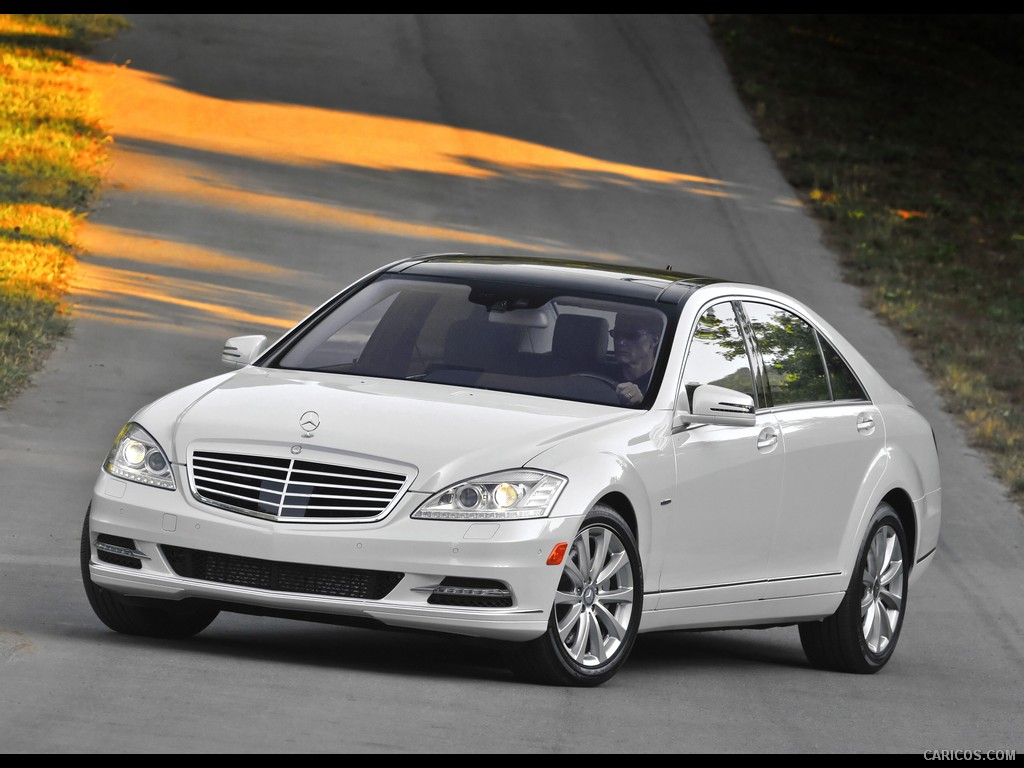 \n
\n
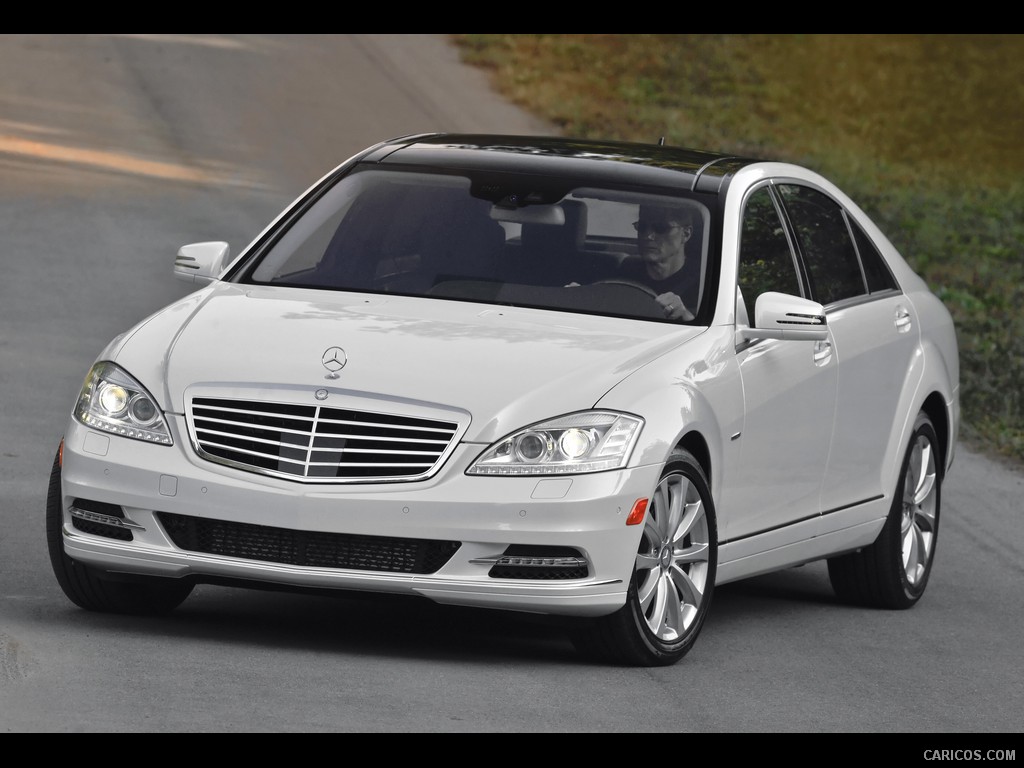 \n
\n
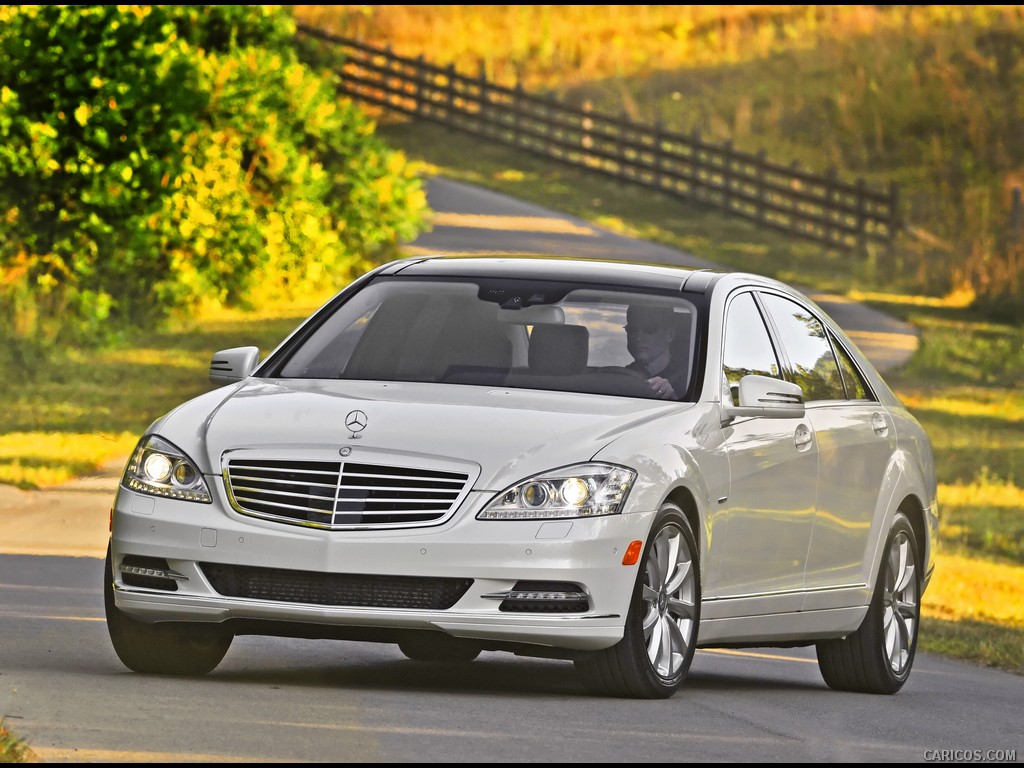 \n
\n
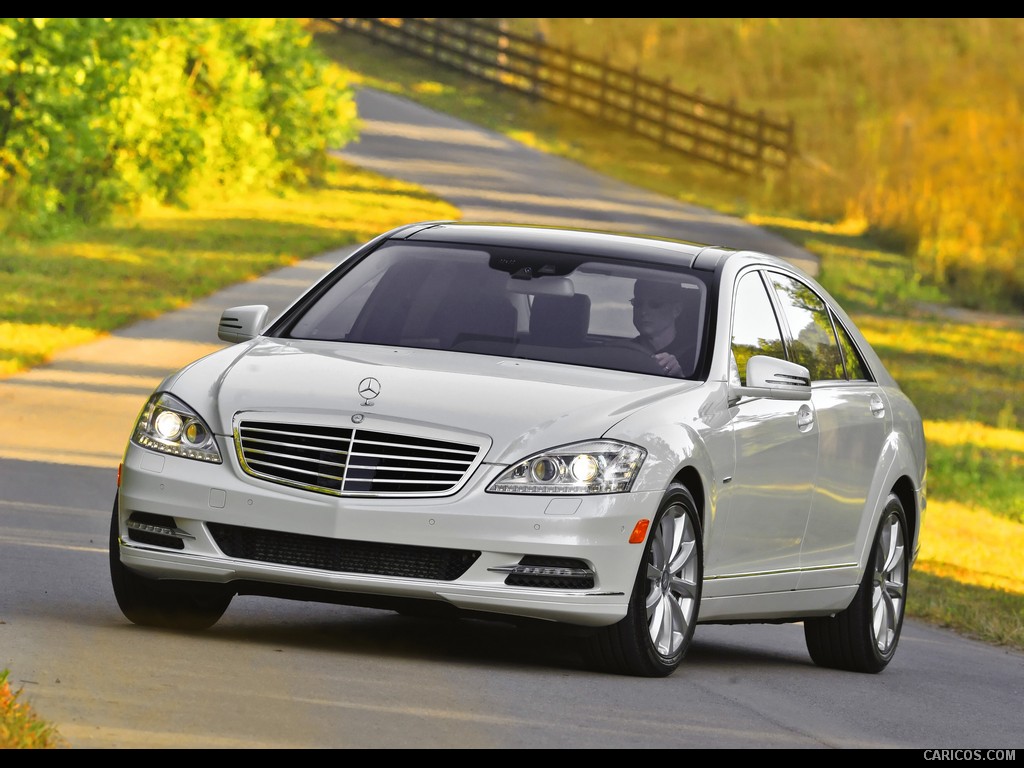 \n
\n
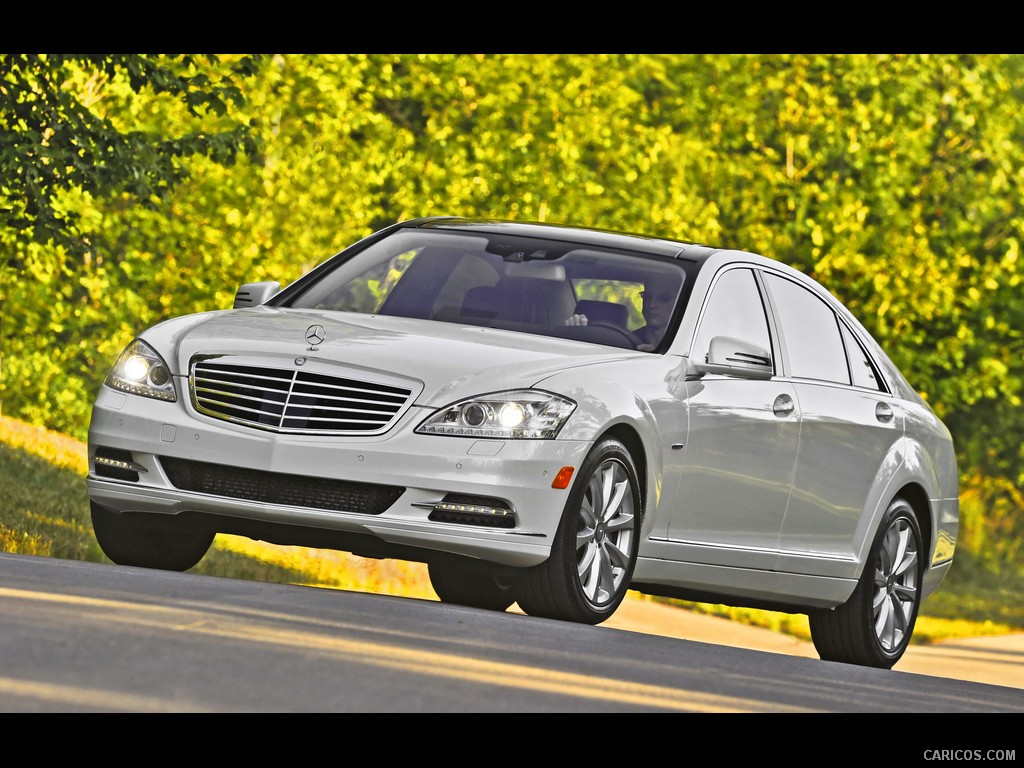 \n
\n
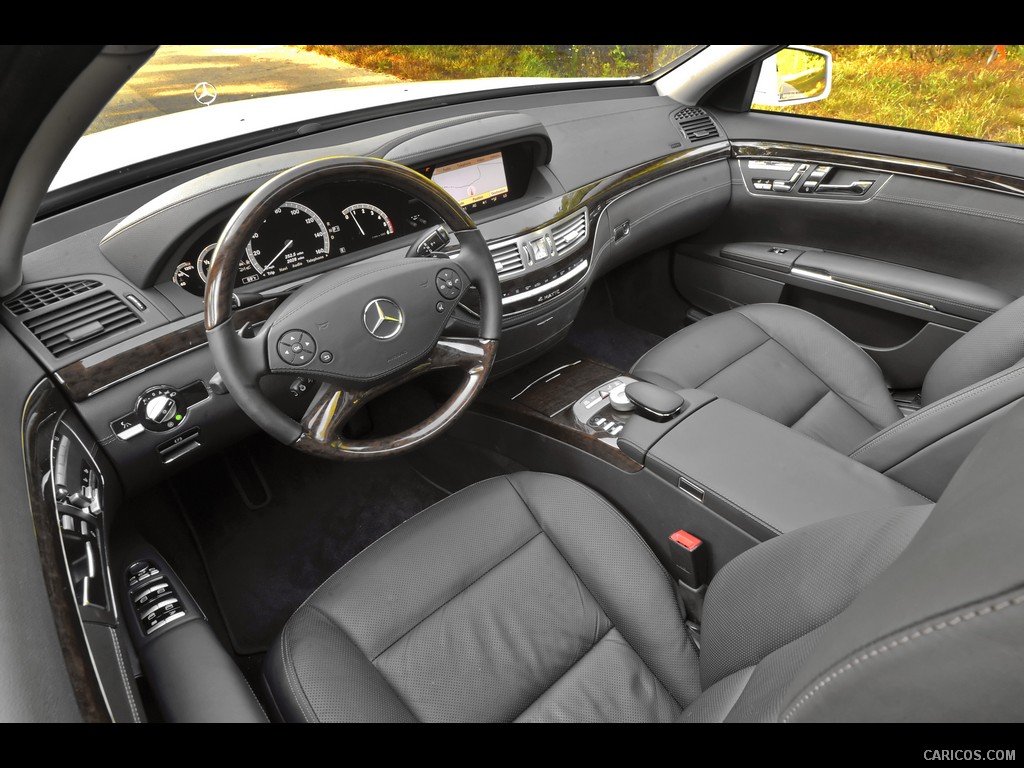 \n
\n
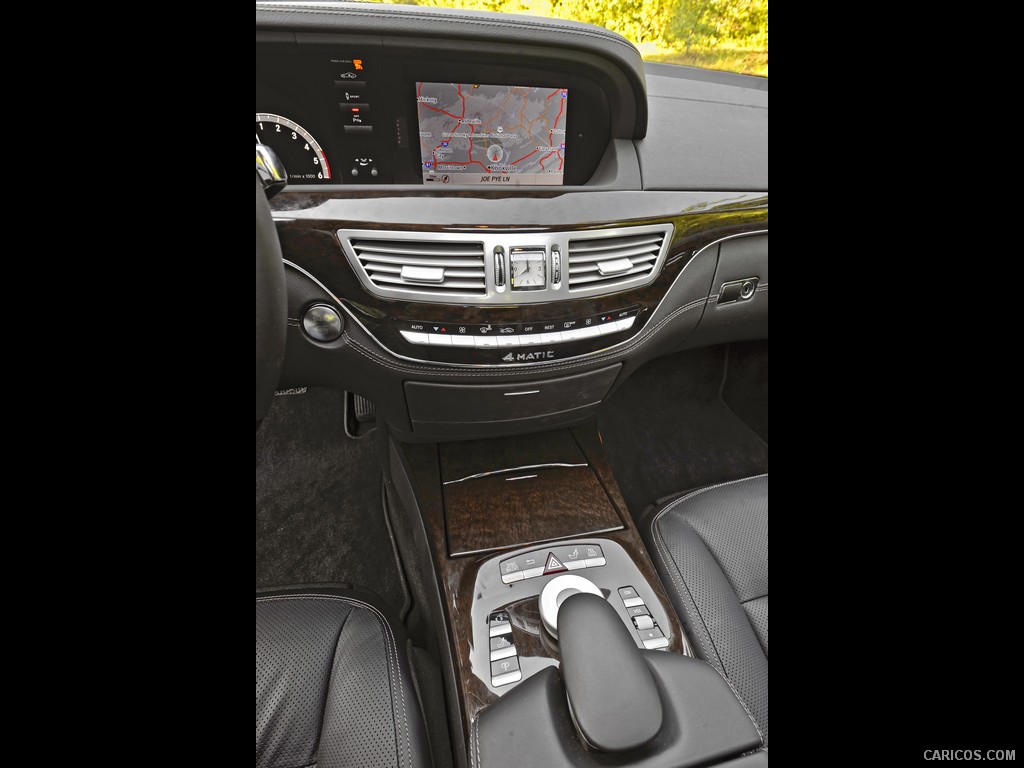 \n
\n
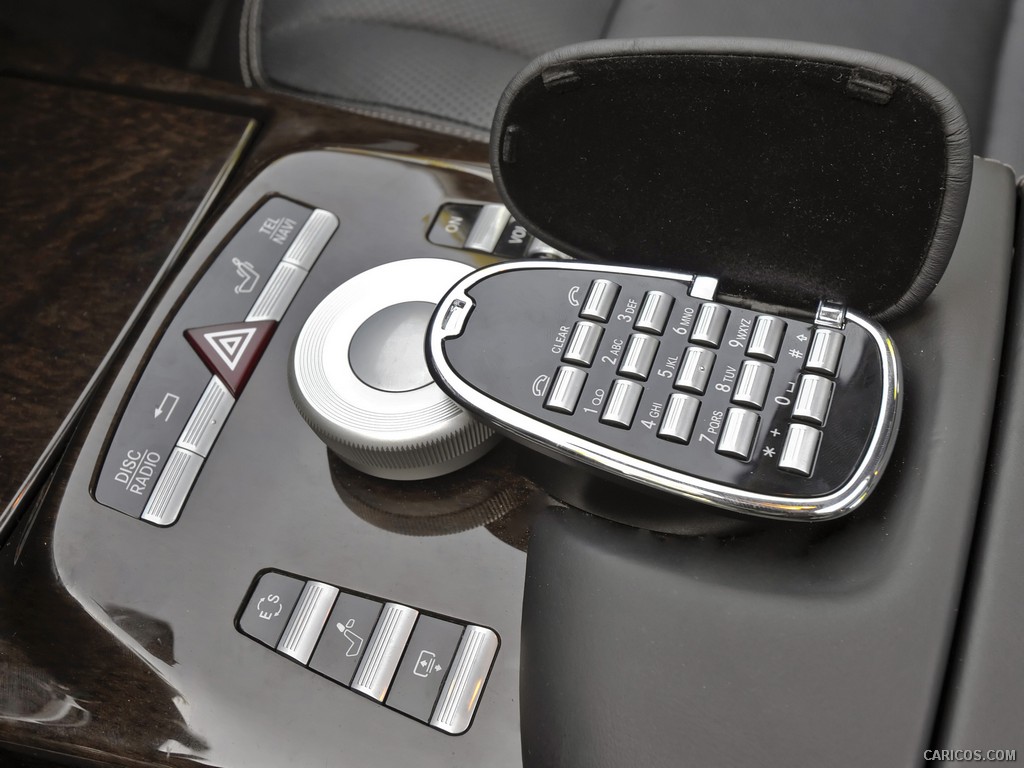 \n
\n
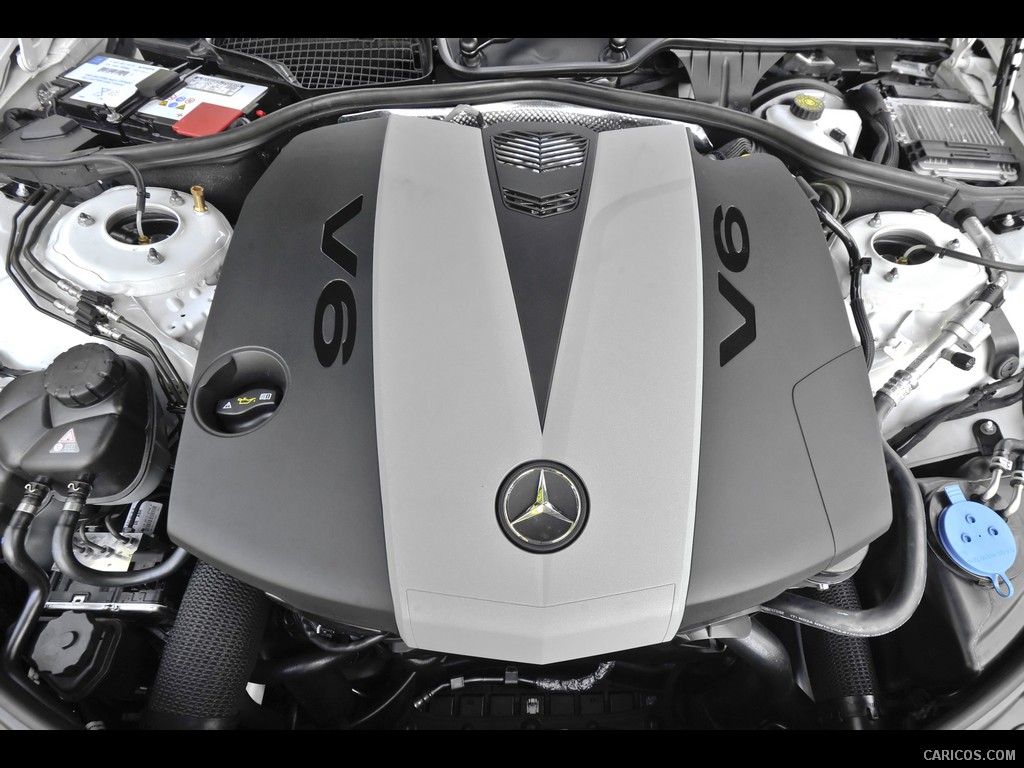 \n
\n
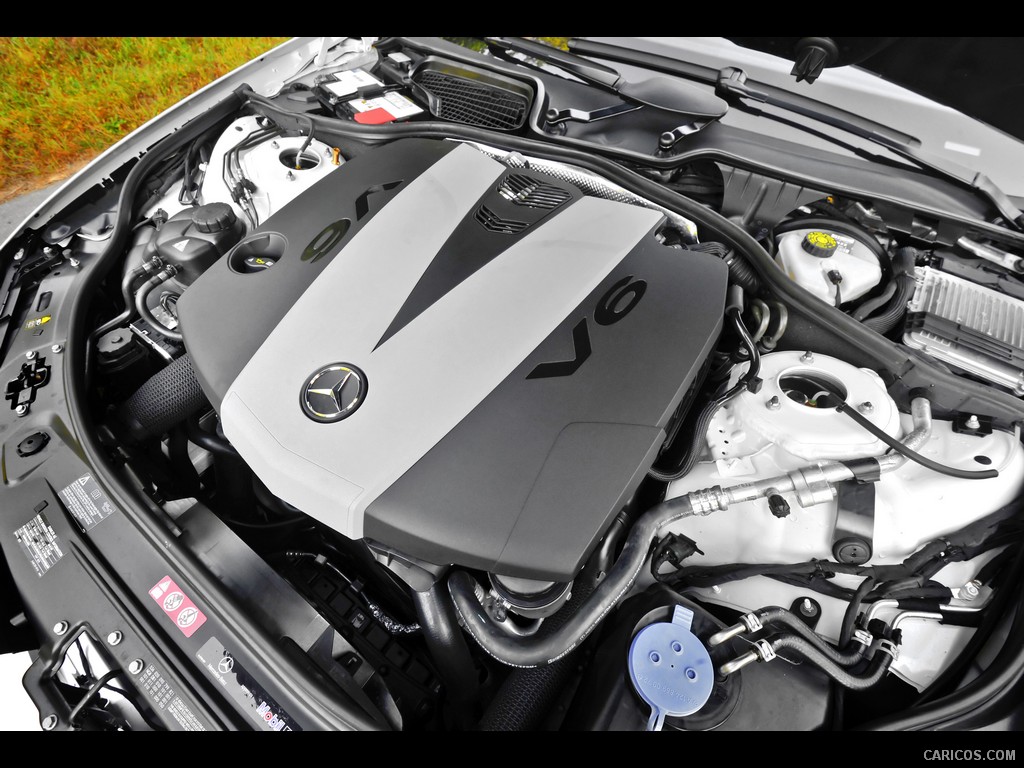 \n
\n
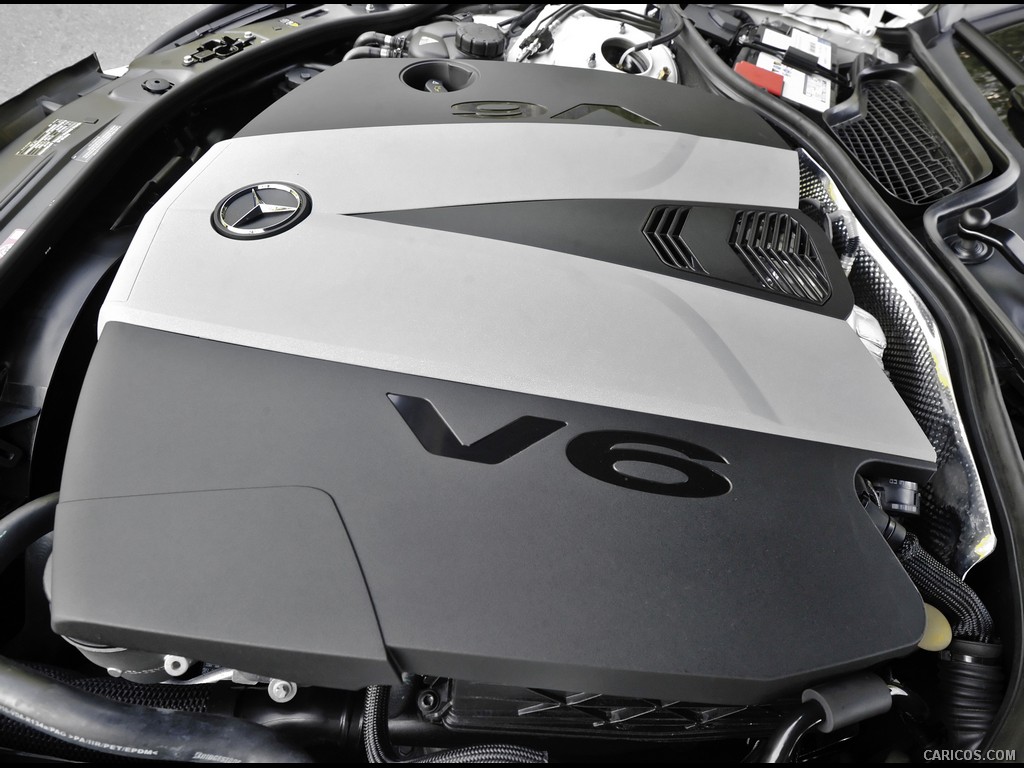 \n
\n
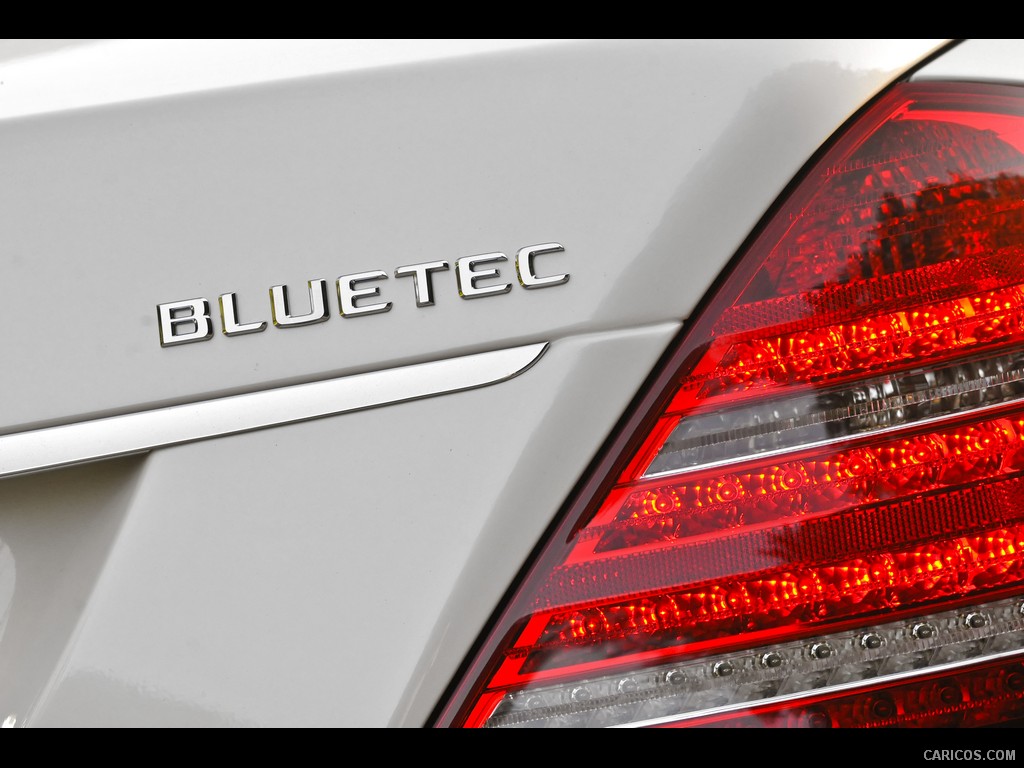 \n
\n
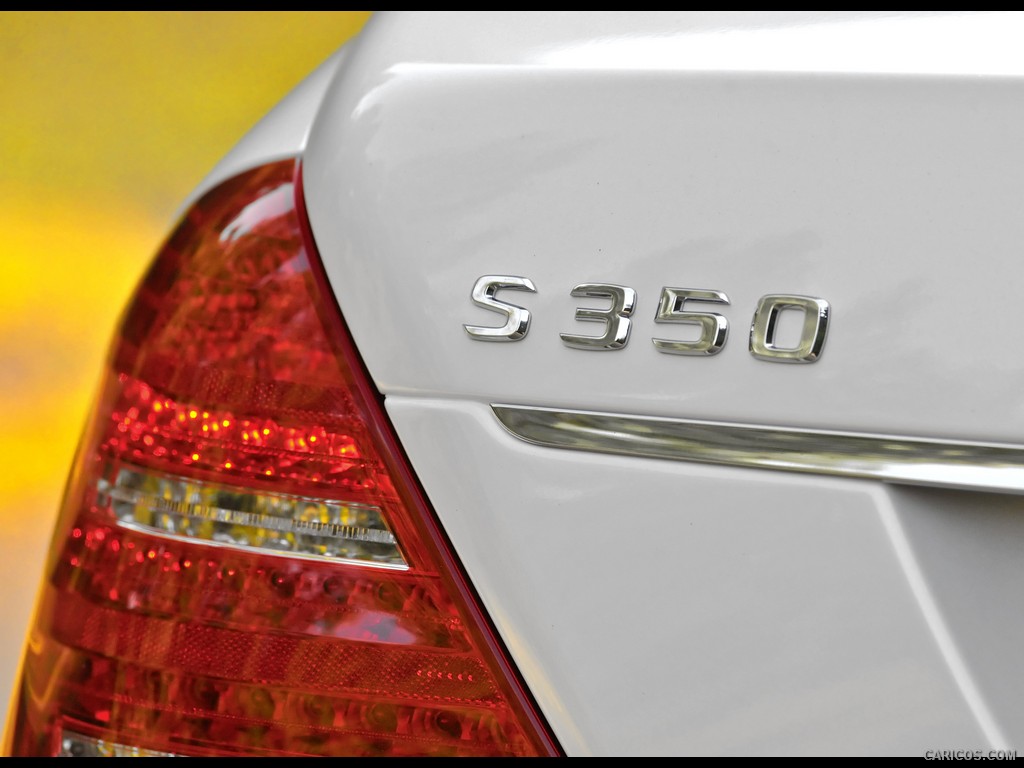 \n
\n





